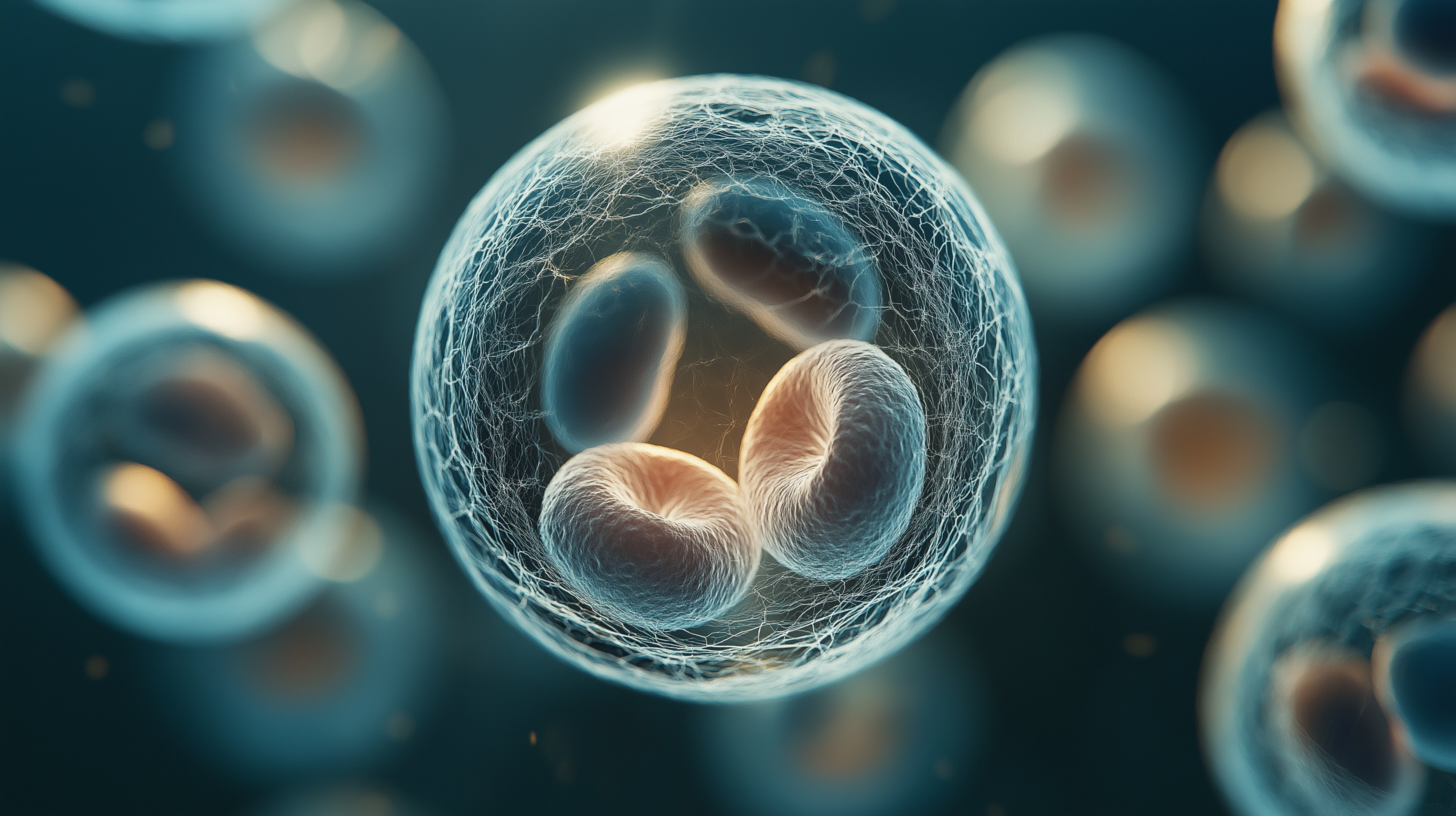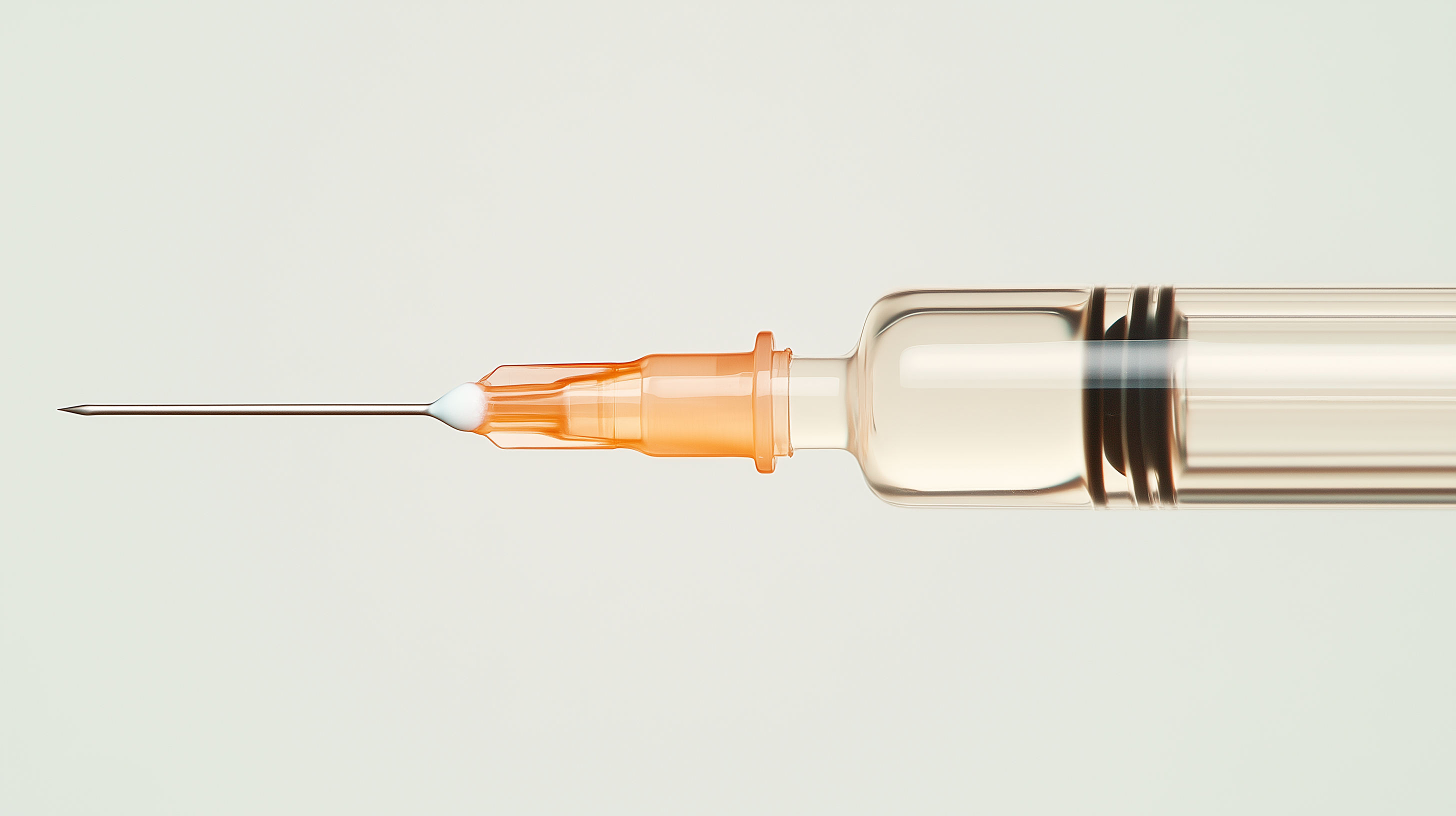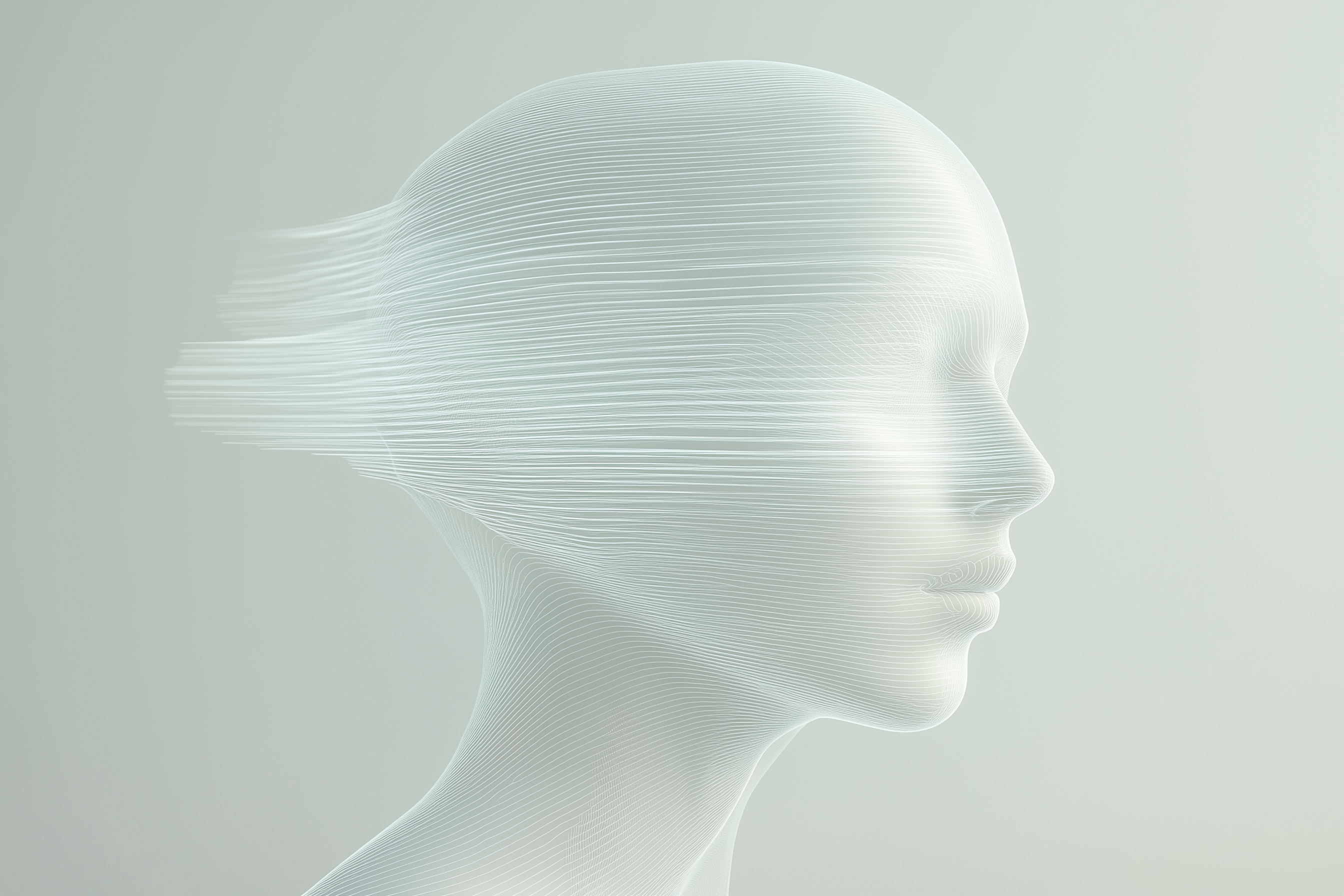The skin, our largest organ, is a dynamic barrier between the body and the external environment. It plays an essential role in shaping our physical appearance and personal identity. Beyond its aesthetic value, the skin protects us from environmental hazards, regulates temperature, and prevents moisture loss. It also allows us to sense touch, pressure, and changes in temperature. However, like all human tissues, the skin undergoes profound transformations as we age.
Understanding what happens to the skin as it ages provides critical insights not only into skin health but also into broader processes of biological aging. While skin aging was once considered an inevitable consequence of the passage of time, scientific advances increasingly view it as a treatable condition-a form of cellular dysfunction that can be mitigated or even reversed.
The Blueprint for Healthy Skin
The skin consists of multiple layers, with the outermost layer being the epidermis and the thicker, biologically active dermis below. Two primary cell types govern these layers: keratinocytes in the epidermis and fibroblasts in the dermis. Within the nuclei of these cells lie the genetic and epigenetic blueprints for producing healthy skin. When these blueprints become damaged or are not properly read, the skin begins to age.
Key Cellular Changes
- Declining Cell Activity: One of the hallmark signs of skin aging is a decline in the activity of skin cells. Keratinocytes and fibroblasts become less efficient at performing their roles, resulting in weakened structural integrity and reduced skin vitality.
- Decreased Production of Building Blocks: The skin’s essential components-collagen, elastin, and glycosaminoglycans (GAGs)-are produced at a slower rate. These "building blocks" are responsible for maintaining the skin's firmness, elasticity, and ability to retain moisture.
- Accelerated Breakdown of Building Blocks: Compounding the problem, enzymes responsible for breaking down these vital components become more active. This leads to a net loss of structural proteins, contributing to the visible signs of aging.
- Loss of Moisture Retention: With fewer structural proteins to attract and hold water, the skin becomes drier and less supple. This loss of hydration exacerbates the formation of fine lines and wrinkles.
Structural and Functional Breakdown
- Capillary Decline: Healthy skin supports an intricate network of tiny blood vessels, or capillaries, which deliver oxygen and nutrients to the tissue. As the skin’s structure deteriorates, it can no longer support these capillaries. Reduced blood flow further weakens the skin’s structure, contributing to the formation of fine wrinkles.
- Weakened Immune Surveillance: The skin’s immune system, which normally identifies and repairs damage, becomes less precise and efficient. This decline in immune function slows down repair processes and leaves the skin more vulnerable to further damage.
- Ligament Loosening: The skin is anchored to underlying structures by specialized ligaments. As these ligaments weaken with age, the skin begins to sag, resulting in deep wrinkles and a loss of youthful contours.
- Thinning Epidermis: Reduced keratinocyte activity causes the epidermis to thin, compromising its protective functions. This makes the skin more susceptible to damage and irritation.
The Role of “Zombie Cells”
- Senescent Cells: Some skin cells enter a state known as senescence, where they stop dividing but do not die. These “zombie cells” disrupt normal cellular functions and release signals that promote the breakdown of the skin’s building blocks.
- Cumulative Damage: As senescent cells accumulate over time, their negative influence snowballs, accelerating the skin aging process.
The Accelerating Nature of Skin Aging
- Rapid Progression: While the skin may maintain a healthy appearance in the first few decades of life, the compounding effects of cellular and structural changes can lead to a sudden and noticeable decline. Once these changes take hold, aging tends to progress rapidly.
Strategies to Mitigate Skin Aging
1. UV Protection and Damage Mitigation
One of the most significant contributors to skin aging is damage from ultraviolet (UV) radiation. UV exposure accelerates the breakdown of collagen and elastin, increases the production of harmful free radicals, and triggers inflammation. Effective strategies include the daily application of broad-spectrum sunscreens (SPF 30 or higher), wearing protective clothing, and seeking shade during peak sun hours. Topical antioxidants such as vitamin C and ferulic acid can also neutralise free radicals generated by UV exposure.
2. Skin Barrier Function
Strengthening the skin barrier is essential for protecting against environmental aggressors and preventing moisture loss. Bioactive compounds such as β-glucans and stabilised vitamins can reinforce this barrier, reducing sensitivity and inflammation.
3. Collagen and Elastin Production
Stimulating the production of collagen and elastin helps restore firmness and elasticity. Non-invasive laser treatments and advanced topical formulations promote fibroblast activity without causing inflammation.
4. Cellular Energy and Mitochondrial Health
Since skin aging is associated with declining cellular energy, skincare strategies can support mitochondrial health to enhance the skin’s energy production and cellular function, thereby restoring vitality.
5. Inflammation Control
Chronic inflammation accelerates the breakdown of the skin’s building blocks. Anti-inflammatory ingredients create an optimal environment for skin repair and rejuvenation.
6. Hydration and Moisture Retention
The use of humectants, such as hyaluronic acid, alongside bioavailable ingredients that attract and retain water, improves skin texture, suppleness, and hydration levels.
7. Capillary and Vascular Support
Supporting the underlying structure of capillaries helps maintain healthy blood flow to the skin, ensuring adequate oxygen and nutrient delivery while preventing structural breakdown and the formation of fine wrinkles.
8. Cellular Turnover and Repair
Promoting healthy cell turnover and reducing the accumulation of senescent cells fosters a youthful skin environment and supports comprehensive skin repair.
My Approach to Skincare Redesign
This was the approach I used to completely redesign a skincare range based on the best contemporary peer-reviewed evidence. By addressing multiple targets simultaneously and leveraging cutting-edge scientific advancements, the redesigned formulations were crafted to offer truly transformative outcomes for skin health and aging. My skincare range is available through the clinic or from LYMA.life
Conclusion
The aging of the skin serves as a vivid illustration of how time transforms human tissues. Once seen as an unavoidable consequence of life, skin aging is now viewed as a process that can be influenced and even treated. By understanding the cellular and structural changes that occur with age, individuals can make informed decisions to maintain the health and vitality of their skin. Through a combination of protective measures, targeted treatments, and healthy lifestyle choices, it is possible to slow down and, in some cases, reverse the signs of skin aging.



